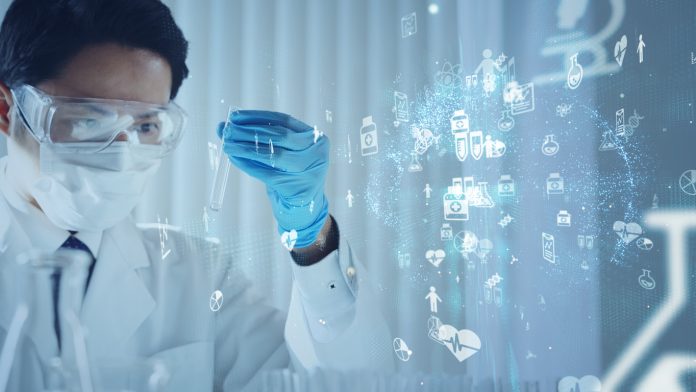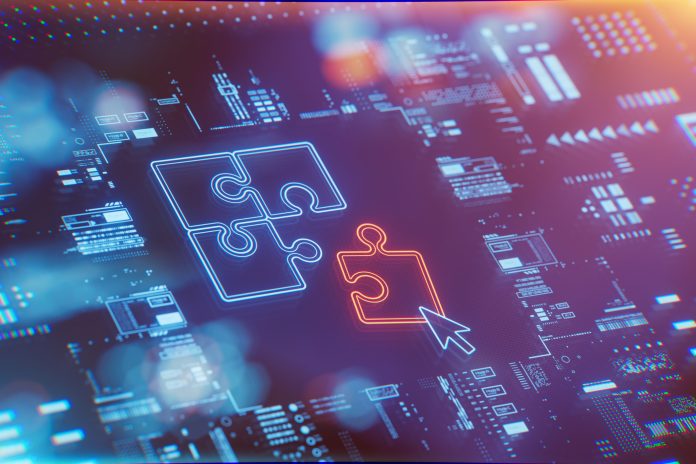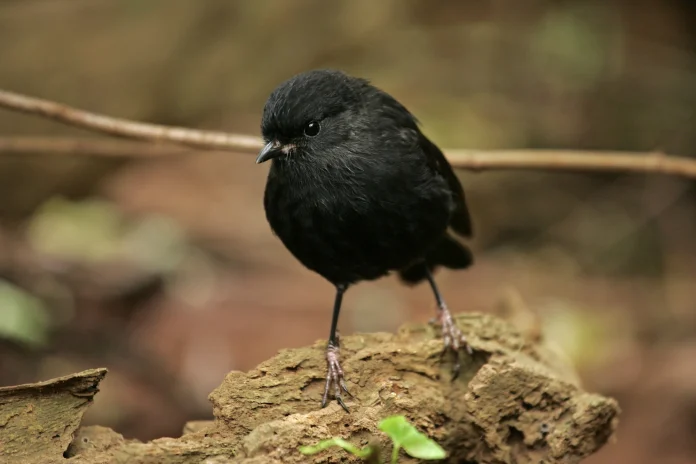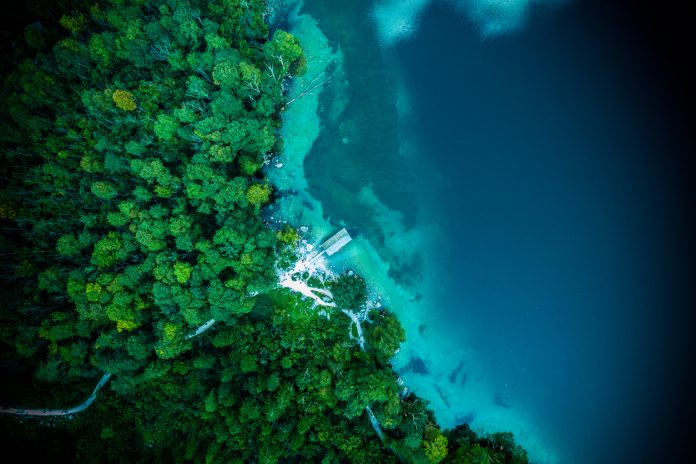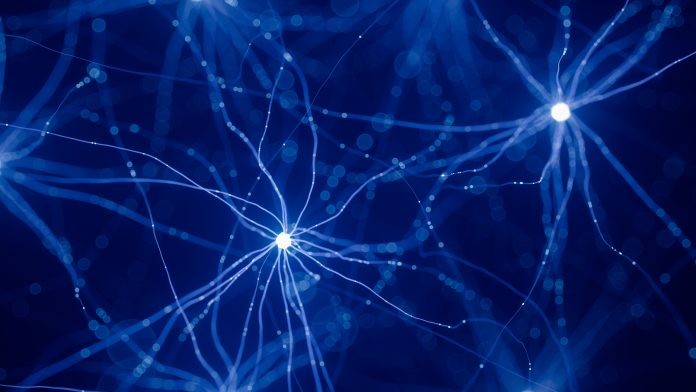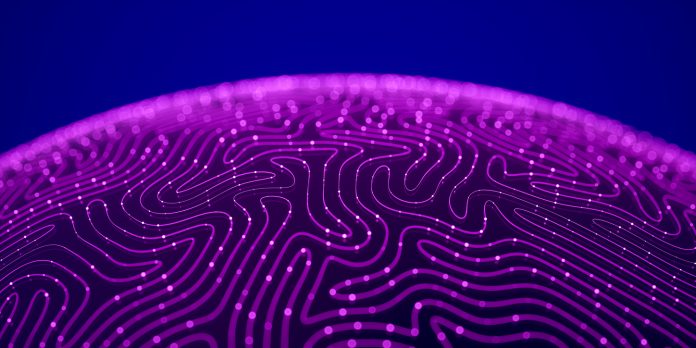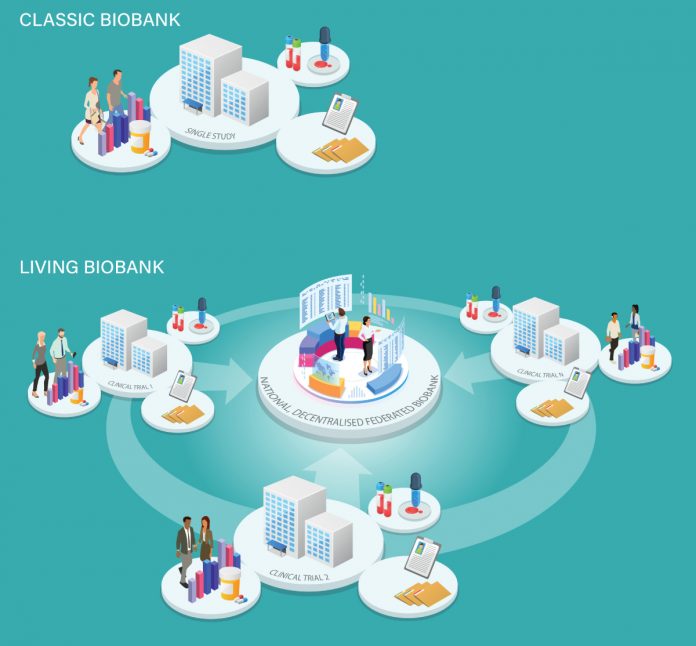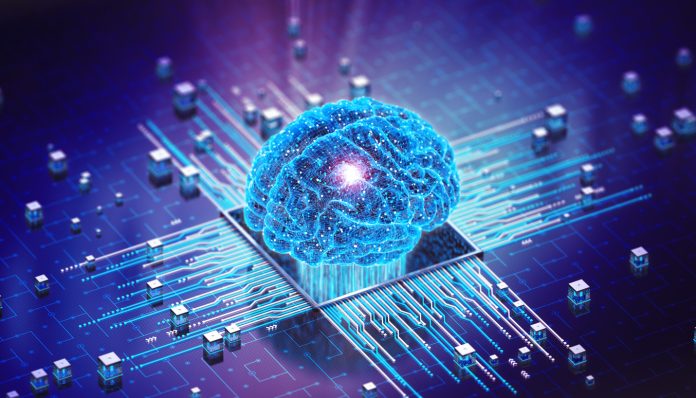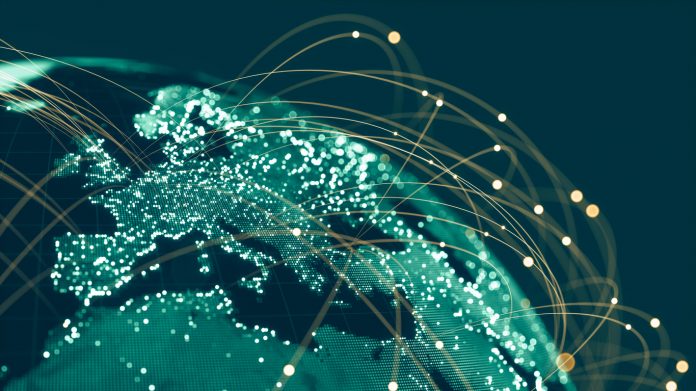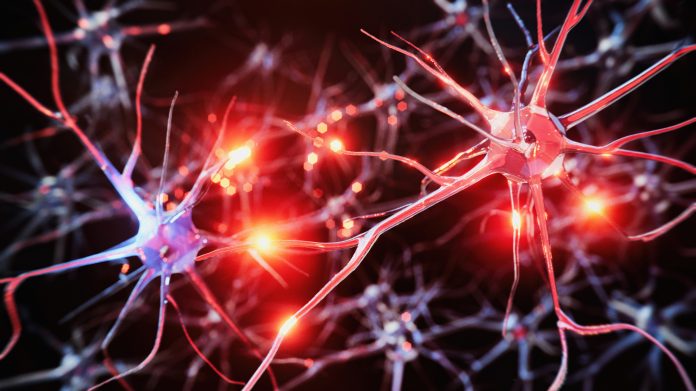Open Access Government produces compelling and informative news, publications, eBooks, and academic research articles for the public and private sector looking at health, diseases & conditions, workplace, research & innovation, digital transformation, government policy, environment, agriculture, energy, transport and more.
Home Search
Artificial intelligence - search results
If you're not happy with the results, please do another search
AI breakthrough in cancer detection
AI model named Candycrunch has been designed to transform cancer detection through advanced sugar analysis.
Confronting digital ageism: Towards a better aging future
Kim Sawchuk, Professor of Communication Studies at Concordia University, explores tackling digital ageism to build a better future for aging.
Celebrating global innovation in geospatial data
Here, we explore the Geovation Awards and the honoured global innovations using geospatial data for sustainability taking place. Winners tackled challenges in cities, environment, and social good, highlighting the potential of this tech for a better future.
The different facets of biodiversity
Professor F. Guillaume Blanchet from Université de Sherbrooke explores the various aspects of biodiversity and the challenge involved in monitoring it.
Fighting disinformation to safeguard democracy
In today's digital age, combating disinformation is crucial to safeguarding democracy. Here, John Comer, rapporteur for the EESC explores the evolution of misinformation, its consequences, and strategies to empower citizens and protect democratic institutions.
Ancient plankton migration offers clues to future marine extinctions
Researchers have new insights into how marine communities responded to extreme global warming events millions of years ago.
Holodeck: Changing robotics training with infinite virtual environments
Researchers have revealed Holodeck, a system inspired by Star Trek's Holodeck, designed to generate limitless interactive 3D environments for training robots.
Insights into autism development, treatment and management
Researchers from Japanese institutions have revealed insights into the molecular mechanisms underlying autism spectrum disorder (ASD).
Antarctic meteorites disappearing rapidly due to global warming
Researchers have revealed alarming findings about the rapid disappearance of meteorites from the Antarctic ice sheet due to global warming.
Machine learning helps to improve climate services
Machine Learning methods have received significant attention in the past few years as a game changer for product development and Climate Services.
Leveraging digital innovations in healthcare for organisational success
Suzanne Wait, Managing Director at The Health Policy Partnership, explains why organisational digital innovations may be key to streamlining and sustaining our health systems.
The future of AVS, dizziness, and vertigo in emergency departments: Part II. Policy innovations...
In the second article of this five-part series, Dr Millie Nakatsuka discusses the barriers that contribute to the overuse of neuroimaging associated with the diagnosis of acute vestibular syndrome and proposes systemic reform.
Building a sustainable, high-impact, and ‘living’ biobank infrastructure in Canada
A living biobank can generate new insights about our care; Francois Lamontagne, Paul Hebert, and Michelle Kho tell us more.
EU’s plan to boost biotechnology and biomanufacturing
The European Commission has revealed a strategy to accelerate the growth of the biotechnology and biofactory sectors across the EU
This strategy, outlined in the Communication on Building the Future with Nature, highlights the role of these technologies in modernising various sectors, including agriculture, forestry, energy, food and healthcare.
The series...
Advancing the future of UK stroke care with deep AI
RapidAI provides AI-based solutions to optimize care delivery and support clinical decision-making. Here, they discuss the vital opportunities to advance stroke care by implementing AI technology.
Using technology to help local authorities to counter fraudsters
Fraud continues to be a significant and growing issue across all sectors in the UK, with stats showing that hundreds of millions are being lost every year; unfortunately, the public sector is far from an outlier to this trend. What can technology do?.
How Tun-AI technology can be used to estimate tuna biomass
Satlink, a leading buoy manufacturer, has partnered with Komorebi AI researchers to develop Tun-AI, a machine-learning protocol that contextualizes echo-sounder data from buoys to estimate tuna biomass, shaping the future of fishery science.
EU research and innovation policies
Open Access Government provides an overview of Horizon 2020, the European Union’s research and innovation programme (2014-2020), its successor, Horizon Europe (2021-27), plus the European Research Area policy.
Machine learning predicts mortality risk in dementia patients
With the help of artificial intelligence, healthcare professionals can predict patient prognosis.
Appreciating biodiversity science: Why biodiversity should be a big science
Professor F. Guillaume Blanchet from Université de Sherbrooke posits the importance of treating biodiversity science as a big science to reach the goals set during the COP15 on biodiversity.

